Choosing the right windows for your home is essential. Homes where cold weather is prevalent need windows that are well-insulated. In places where it rains a lot, homes need windows that seal tightly so water doesn’t get inside and cause a mould problem.
The right windows can reduce energy bills and increase the value of your home. One of the main reasons Canadians install new windows is to deal with the type of weather that’s most common in their region.
Frame materials
A variety of windows are available for all tastes and budgets. Here are the most common window frame materials available on the market today:
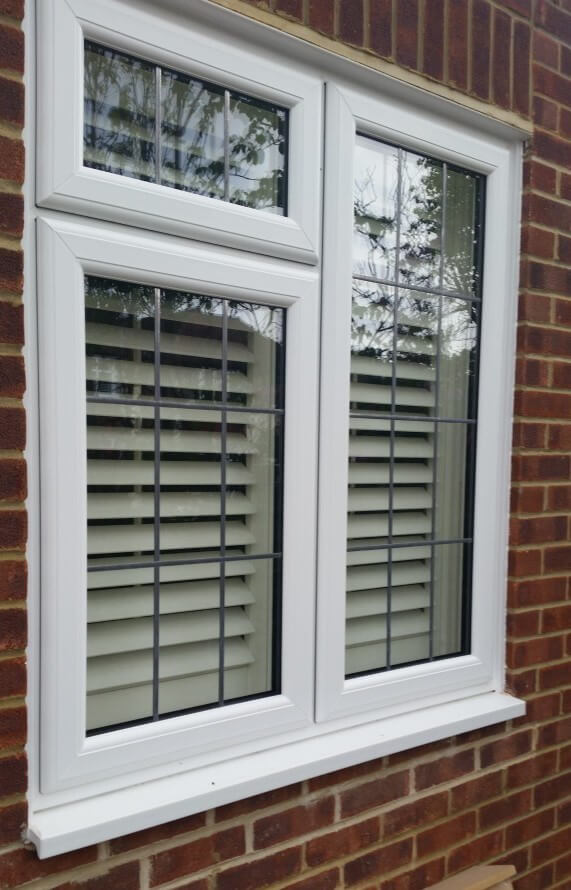
PVC
PVC is the most widely used material for windows. It is a good choice if you choose a high-quality option. PVC is sensitive to fluctuations in temperature, and its quality is directly proportional to its thickness, which is generally between 1.8 mm and 2.5 mm.
Pros
- Low cost
- Easy maintenance
Cons
- Variable quality
- Sensitive to temperature fluctuations
- Jambs and posts of larger windows must be steel-reinforced to be sufficiently solid
Wood
Wood windows have remained a popular choice over the years, and their quality continues to improve due to new manufacturing processes. The frames are generally made of cedar or pine. An excellent way to maintain weather resistance in these windows is to apply stain or water-repellent paint periodically.
Pros
- Rigidity and insulating properties
- No other material can match the charm and warmth of natural wood
Cons
- Substantial maintenance
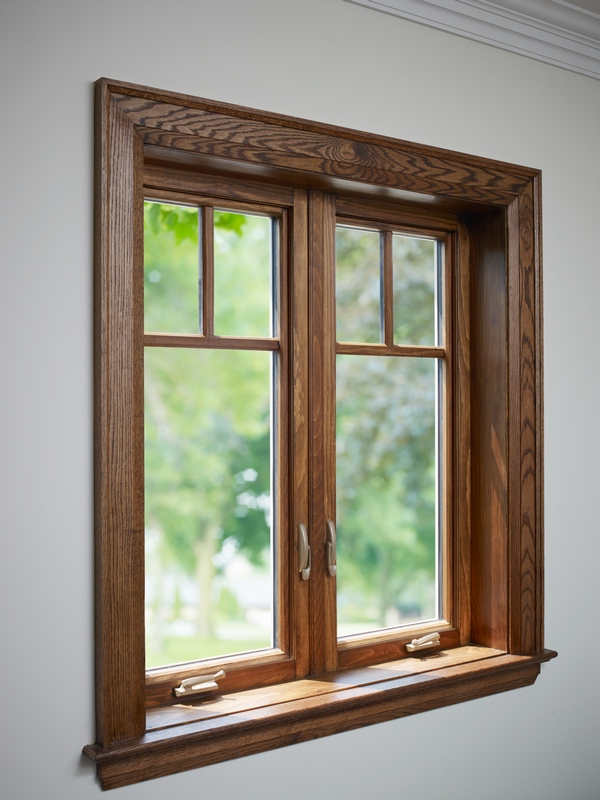
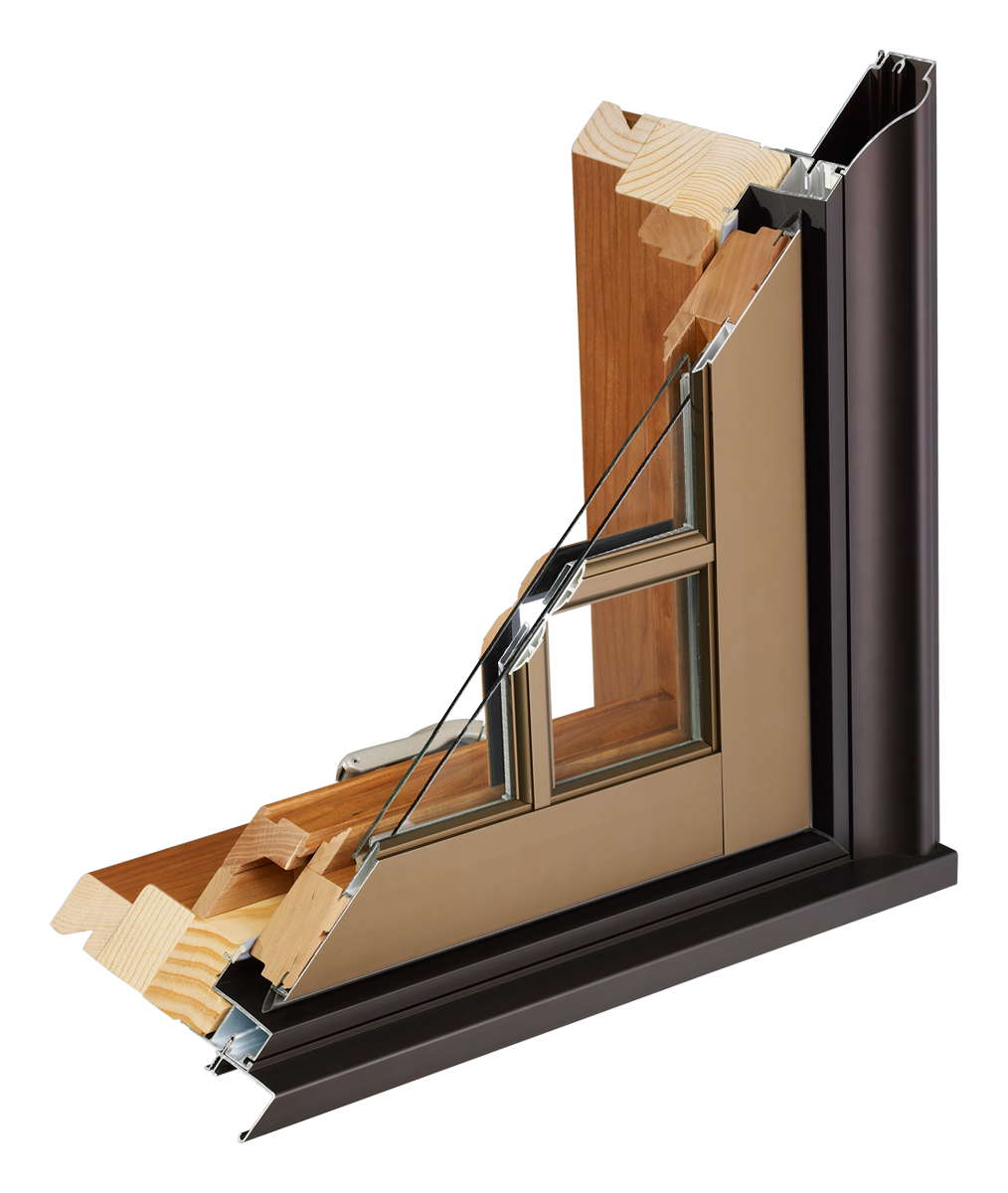
Clad Wood
In these windows, the interior frame is natural wood, and the exterior frame is covered with PVC or aluminum. The water tightness of the cladding is extremely important with this type of window. If the cladding is not sufficiently watertight, the wood will eventually rot.
Aluminum-clad wood windows can be covered with extruded aluminum profiles attached to the wooden frame on the outside or made with folded aluminum sheets.
PVC-clad wood windows are covered with shaped PVC.
Pros
- A compromise for those who want the qualities of wood without the maintenance of an exterior frame
Cons
- Aluminum-clad wood: variable quality
- PVC-clad wood: must be sufficiently thick to be water-resistant
Aluminum
Aluminum is undeniably the most rigid of all window materials, and it allows slimmer frames and a greater emphasis on the glass. Unfortunately, the high degree of thermal conductivity in aluminum makes it less energy efficient. Manufacturers have worked to remedy this by injecting polyurethane foam into the chassis of the window and adding a thermal barrier between the exterior and interior components.
Pros
- Material with the best rigidity
- Impressive life span
- Requires virtually no maintenance
Cons
- Poor insulation
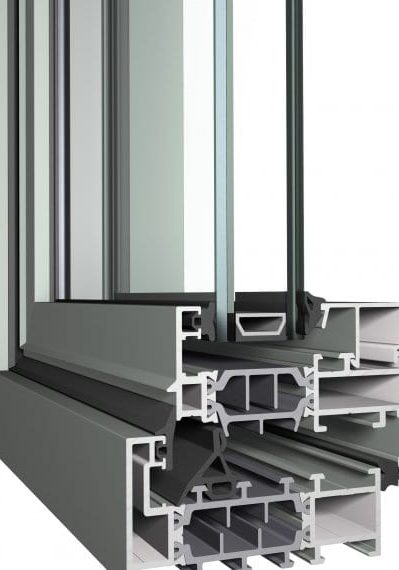
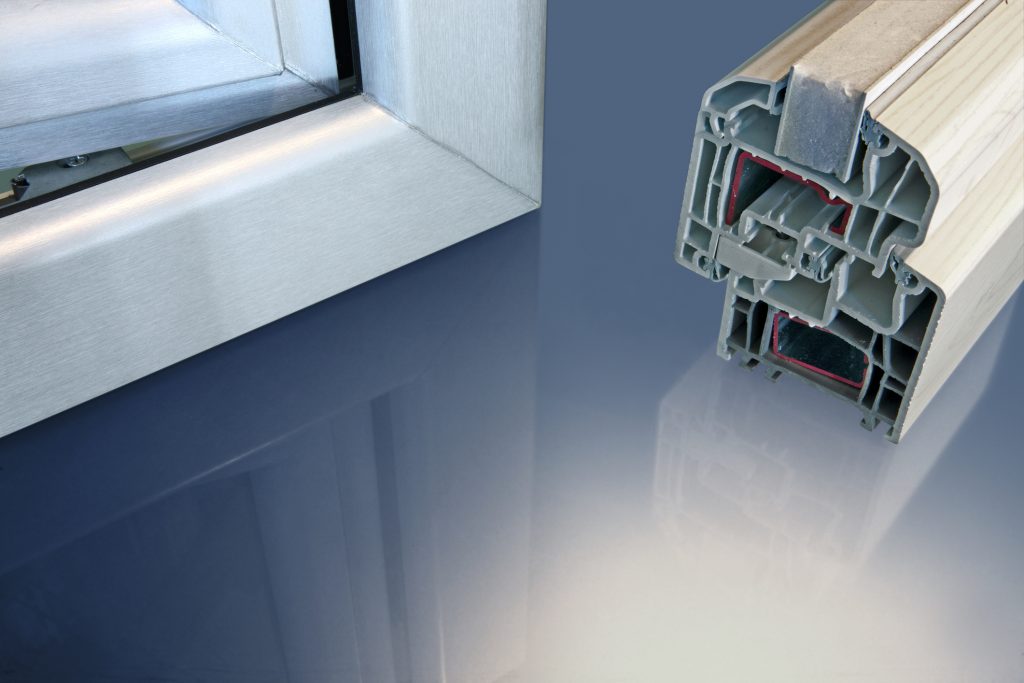
Fibreglass
Pultruded fibreglass is a brand new window material. The quality is superior on every level, but only a few manufacturers have this option available at present.
Pros
- Rigidity comparable to that of metal
- Good energy efficiency
- Versatile
- Overall superior quality
Cons
- Very expensive
Window closing mechanisms
There are eight ways that windows can be made to open and close:
Casement window
A vertical window that opens outward from the side. Some manufacturers also carry "French" casement windows that open towards the inside.
Sash window
Opens by raising the lower pane of a window
Sliding window
Two windows that move from side to side
Awning window
A horizontal window that opens outward, usually using a crank handle
Tilt and Turn window
Can open from the side or pivot from its middle
Greenhouse or bay window
Glazed on all sides, juts outward and was conceived for indoor plants
Casement bolt window
A hinged window that opens inward
Fixed or picture window
This window does not open
Cost
What’s the average cost to replace windows? There are many factors that come into play: material, design, size, and whether or not you’re replacing the frames.
In general, you should expect to spend around $450 to $600 on vinyl replacement windows. These types of windows appear sleeker and more contemporary, and they can last from 20 to 40 years. They rarely incorporate intricate or decorative elements because they’re designed for cost-efficiency and functionality.
If you want to maintain the charm of an old house, wooden windows can be a better choice. You can expect to spend $800 to $1,000 on wooden replacement windows. Wood is harder to source than synthetic materials like vinyl, but it’s better at bearing weight. If you are planning to replace large bay or picture windows, wood is better for its ability to sustain structural integrity.
Retrofitting older homes
Windows on houses that were built before the 1960s will typically be better than new windows today. These older windows were made of sturdier clean wood and might last well over a couple more centuries with the proper care and repair.
On the other hand, some old windows have been poorly maintained and pose a safety risk. Whether or not you should replace your windows depends on the condition they’re in, their impact on your home safety, and your own personal preferences.
Rotting walls
Windows that allow moisture to penetrate surrounding walls can impair the structural integrity of your home and may eventually lead to storms and other forces knocking down a section of your home.
Unfortunately, rot that exists in the spaces between windows and walls can go undetected for years. Water damage can creep in on the studs and headers, and often the only way to discover the damage is to remove the windows altogether.
Emergency egress requirements
In 2015, the International Residential Code came into effect, and it requires all residential family homes to have at least one window that can act as an emergency exit in all rooms used for sleeping. This egress window needs to allow people to escape from the room and allow firefighters and emergency responders to enter.
Since the code is fairly recent, some older homes might not meet the requirements, and windows that aren’t big enough might need to be replaced.
Aesthetic considerations
As a homeowner, you’ll make repairs that will change the way your house looks. This can result in old-fashioned windows that don’t match your new design preferences. Switching to a more modern window aesthetic can help you maintain a more cohesive interior design.
Insulating value
Glass is one of the main causes of heat loss in a house. Double-glazing (two panes of glass) is now standard for all new windows, which results in an R-2 insulation rating. When inert gases (argon or krypton) are inserted between the two panes of sophisticated energy-efficient glass, the insulation rating can rise to R-9 (a wall, for example, has an R-20 rating).
It’s important to choose your glass according to a window’s orientation relative to the sun. Higher quality glass should be installed in windows that do not get much sun. These are also factors when installing door or window trim.
NAFS window standards
The North American Fenestration Standard (NAFS) has established a testing and rating system for all window components and features, from glass to cladding. This is a handy reference guide to use when you are buying new windows.
Since these tests are expensive for manufacturers, many do not have their products tested. It’s best to buy products that have been tested and make the best choice for your home’s specific needs.
The House
Explore the different components of the house.

